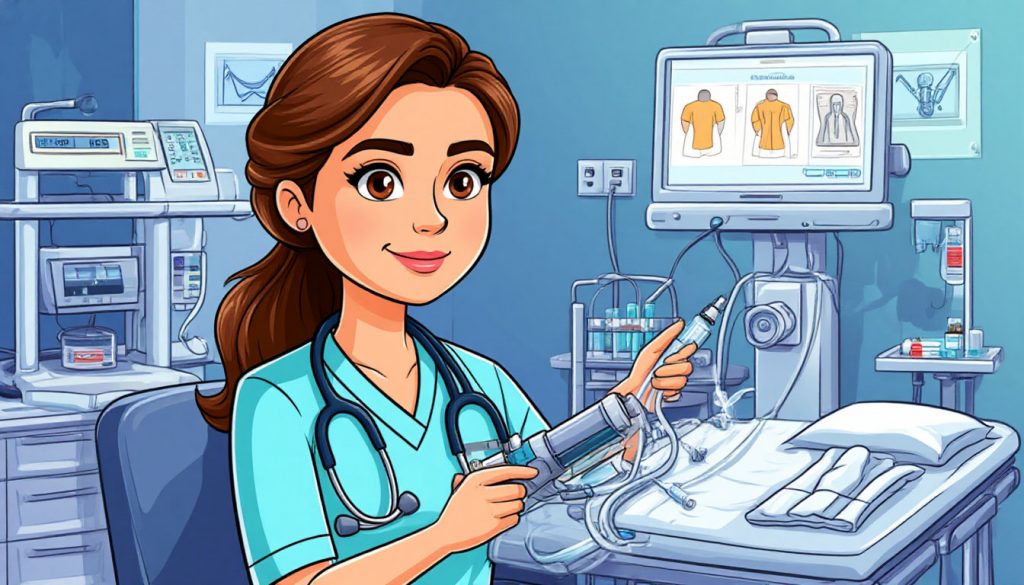In critical moments, technology can mean the difference between life and death. Modern rescue equipment helps first responders act faster, safer, and more effectively. Thermal imaging cameras allow firefighters to locate people in burning buildings or search teams to find lost hikers at night.
Hydraulic rescue tools, often called the “Jaws of Life,” are used to cut through metal and free people trapped in vehicles after accidents. These tools have become standard in many emergency vehicles and drastically reduce response time.
Medical Technology That Saves Lives
Advancements in medical devices have revolutionized healthcare. Defibrillators, both automatic (AEDs) and manual, restart the heart during sudden cardiac arrest and are now commonly found in public spaces.
Ventilators and infusion pumps sustain critically ill patients in hospitals, while portable ultrasound devices allow doctors to make fast, accurate diagnoses even in remote areas. Wearable health monitors can also detect early signs of heart problems or low oxygen levels, prompting timely medical care.
Drones, Robots, and AI in Disaster Response
Unmanned aerial vehicles (UAVs) or drones are used in search and rescue missions, especially in hard-to-reach areas like mountains, oceans, or collapsed buildings. They can deliver supplies, scan dangerous zones, and provide real-time video to rescue teams.
Robotic systems are being deployed in areas too dangerous for humans, such as nuclear disaster zones or earthquake rubble. AI algorithms help predict natural disasters, monitor forest fires, and allocate emergency resources efficiently.
Communication Tools for Coordination
Reliable communication is essential in any emergency. Satellite phones, two-way radios, and emergency alert apps ensure that responders stay connected when standard communication networks fail.
Global positioning systems (GPS) and real-time mapping allow emergency teams to navigate swiftly and coordinate rescue missions more accurately.
Everyday Life-Saving Tech
Even in daily life, certain technologies have a huge impact:
- Smoke detectors and fire alarms save lives every day by warning people of danger.
- Smartwatches and health apps now track heart rate, blood oxygen, and alert users to abnormalities.
- Vehicle safety systems, like automatic braking and lane assist, prevent thousands of accidents yearly.
Glossary
- Defibrillator – A device that delivers an electric shock to restart the heart.
- Thermal imaging – Technology that detects body heat, useful in darkness or smoke.
- Jaws of Life – Hydraulic rescue tools used to free people from wreckage.
- UAV (drone) – An unmanned aircraft used for search, delivery, or surveillance.
- Ventilator – A machine that helps people breathe when they can’t on their own.


